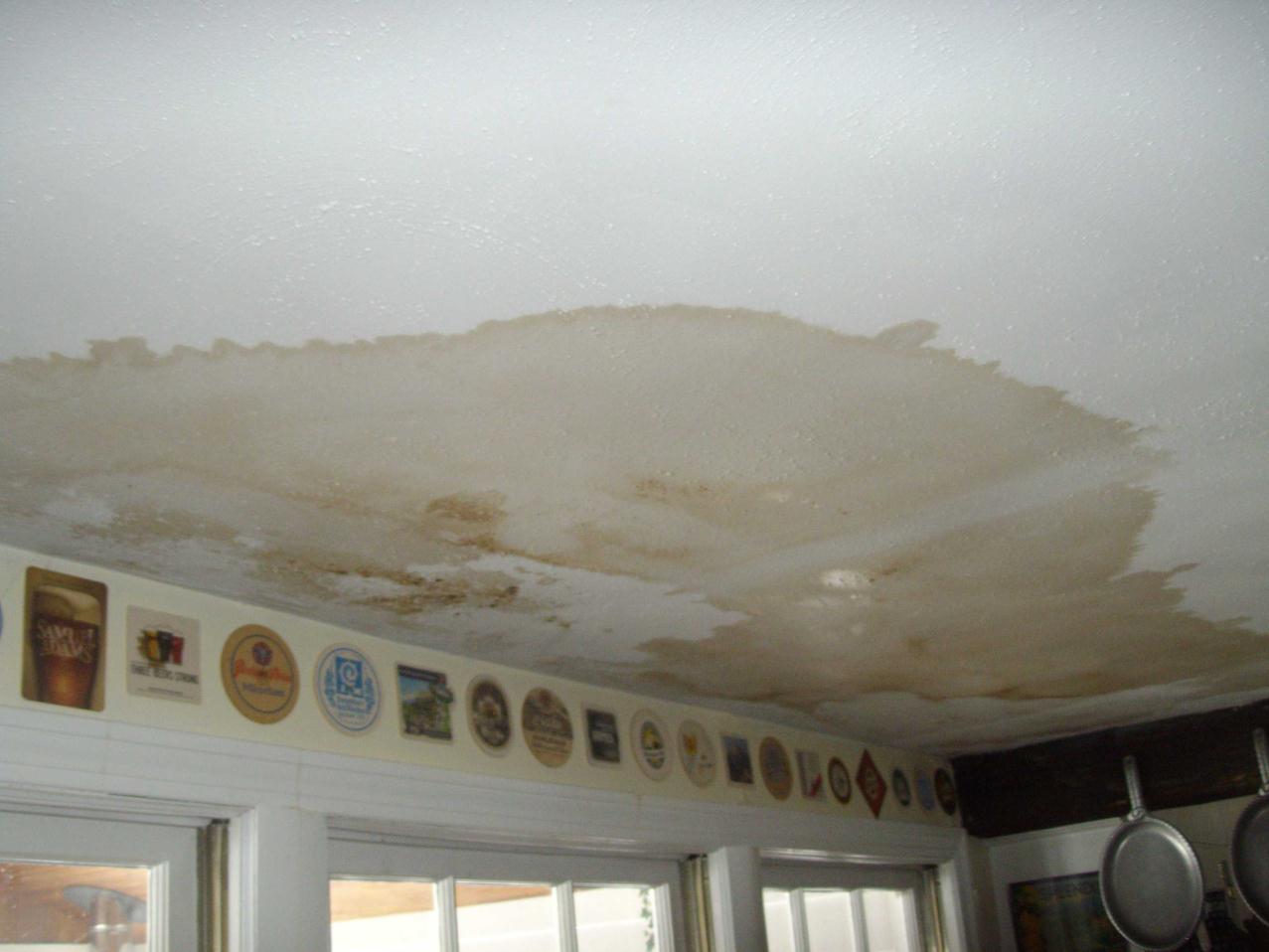Do's & Don'ts of Water Restoration.
Click HereWe've discovered the article relating to Reducing Your Risk Of Water And Fire Damage At Home directly below on the net and accepted it made sense to talk about it with you here.

Water provides life, water intrusion on parts where it's not supposed to be can result in damage. It can peel off away surface areas and erode the structure if the water soaks right into your structure. Mold and mildew and also mildew also thrive in a wet environment, which can be hazardous for your wellness. Residences with water damage scent mildewy as well as old.
Water can originate from many sources such as tropical storms, floodings, ruptured pipelines, leaks, as well as sewer concerns. In case you experience water damages, it would be good to know some safety preventative measures. Right here are a couple of guidelines on just how to handle water damages.
Do Prioritize Home Insurance Protection
Water damage from flooding because of heavy winds is seasonal. You can additionally experience an unexpected flooding when a defective pipe unexpectedly ruptures right into your home. It would certainly be best to have house insurance that covers both disasters such as all-natural catastrophes, and emergencies like busted plumbing.
Do Not Forget to Shut Off Utilities
This cuts off power to your whole home, avoiding electrical shocks when water comes in as it is a conductor. Don't neglect to transform off the main water line valve.
Do Keep Proactive and Heed Weather Informs
Pay attention to emptying cautions if you live near a creek, river, or lake. Doing so reduces potential residential or commercial property damage.
Do Not Disregard the Roof
Before the climate turns terrible, ensure you have a roof examination. As a matter of fact, it would be prudent to receive this service yearly as it can mitigate intricate problems. If there are no openings and also leakages in your roof, you can prevent rain damages. Your roofer will additionally look after damaged gutters or any other indications of weakening. This will certainly protect against water from streaming down your wall surfaces and also soaking your ceiling.
Do Pay Attention to Tiny Leakages
A burst pipeline doesn't happen overnight. You may observe gurgling paint, peeling wallpaper, water streaks, water stains, or trickling audios behind the wall surfaces. Have your plumbing fixed prior to it results in enormous damage.
Don't Panic in Case of a Ruptured Pipeline
Maintaining your clearheadedness is crucial in a time of dilemma. Due to the fact that it will certainly suppress you from acting quick, stressing will only worsen the issue. When it pertains to water damage, timing is key. The longer you wait, the more damages you can anticipate. Thus, if a pipeline bursts in your house, promptly turned off your main water shutoff to cut off the resource. Then disconnect all electric outlets in the area or switch off the circuit breaker for that part of the house. Call a respectable water damages repair specialist for aid.
Water offers life, water intrusion on parts where it's not supposed to be can result in damages. Homes with water damage smell old and musty.
Water damages from flooding dues to heavy winds is seasonal. You might see bubbling paint, peeling wallpaper, water streaks, water discolorations, or trickling sounds behind the walls. When it comes to water damages, timing is key.
Some Do's & Don't When Dealing with a Water Damage
DO:
Make sure the water source has been eliminated. Contact a plumber if needed. Turn off circuit breakers supplying electricity to wet areas and unplug any electronics that are on wet carpet or surfaces Remove small furniture items Remove as much excess water as possible by mopping or blotting; Use WHITE towels to blot wet carpeting Wipe water from wooden furniture after removing anything on it Remove and prop up wet upholstery cushions for even drying (check for any bleeding) Pin up curtains or furniture skirts if needed Place aluminum foil, saucers or wood blocks between furniture legs and wet carpet Turn on air conditioning for maximum drying in winter and open windows in the summer Open any drawers and cabinets affected for complete drying but do not force them open Remove any valuable art objects or paintings to a safe, dry place Open any suitcases or luggage that may have been affected to dry, preferably in sunlight Hang any fur or leather goods to dry at room temperature Punch small holes in sagging ceilings to relieve trapped water (don't forget to place pans beneath!); however, if the ceiling is sagging extremely low, stay out of the room and we'll take care of it DO NOT:
Leave wet fabrics in place; dry them as soon as possible Leave books, magazines or any other colored items on wet carpets or floor Use your household vacuum to remove water Use TV's or other electronics/appliances while standing on wet carpets or floors; especially not on wet concrete floors Turn on ceiling fixtures if the ceiling is wet Turn your heat up, unless instructed otherwise

As a devoted reader on Fire And Water Damage Prevention, I imagined sharing that excerpt was a great idea. Sharing is caring. Helping others is fun. We treasure reading our article about Fire And Water Damage Prevention.